Neural Network PID Adaptive Control is transforming how crushers handle real-world challenges like changing materials and unpredictable conditions. This intelligent technology continuously self-adjusts your equipment’s performance to maintain peak efficiency without manual intervention. For crushing professionals seeking stronger productivity and cost control, it delivers measurable gains in energy savings, output quality, and operational stability. Explore how this innovation can optimize your specific crushing applications in the following sections.
Neural Network PID Adaptive Control: Revolutionizing Crusher Performance
Neural Network PID Adaptive Control represents a transformative advancement in industrial automation, specifically addressing the complex challenges faced in crushing operations. Unlike traditional PID controllers with fixed parameters, this technology integrates artificial neural networks (ANNs) to dynamically adjust PID gains (Proportional, Integral, Derivative) in real time. By continuously learning from operational data, it adapts to unpredictable changes in material hardness, feed rate variations, and equipment wear—common issues in crusher machine applications.


For the crushing industry, this translates to smarter, more resilient machinery. Crushers equipped with Neural Network PID Adaptive Control maintain optimal performance despite fluctuating conditions, ensuring consistent product size, higher throughput, and reduced energy consumption. This technology bridges the gap between static control systems and the dynamic realities of crushing, setting the stage for enhanced efficiency and profitability.
While understanding the fundamental principles of Neural Network PID Adaptive Control is essential, its true value emerges when applied to real-world industry challenges. The following section delves into how this technology addresses critical pain points that have long plagued crusher operations, transforming theoretical advantages into tangible solutions.
Solving Critical Crusher Industry Challenges with Neural Network PID Adaptive Control Systems
The crusher industry faces persistent challenges due to unpredictable operating conditions, but Neural Network PID Adaptive Control systems provide targeted solutions to these critical problems. Below is a comparison of how traditional PID control and Neural Network PID Adaptive Control address key industry challenges:



| Challenge | Traditional PID Control | Neural Network PID Adaptive Control |
|---|---|---|
| Variable Material Hardness | Struggles to adapt; requires manual tuning for different materials, leading to downtime and inconsistent output. | Dynamically adjusts crushing parameters in real time based on material properties, ensuring consistent performance and product quality. |
| Unstable Throughput | Fixed parameters often cause choke or idle states, reducing efficiency and increasing energy waste. | Stabilizes throughput by automatically regulating feed rate and crusher speed, minimizing disruptions. |
| Energy Inefficiency | Operates at constant high energy levels regardless of demand, leading to unnecessary power consumption. | Optimizes energy use by adapting to real-time load conditions, reducing power consumption during low-demand periods. |
| Equipment Wear | Limited ability to mitigate mechanical stress and vibration, accelerating wear on components. | Reduces harmful vibrations and prevents overloads, extending machinery lifespan and lowering maintenance costs. |
| Product Quality | Inconsistent particle size due to inability to respond to changing conditions. | Maintains tight control over output specifications, ensuring uniform product size and higher quality. |
By directly addressing these challenges, Neural Network PID Adaptive Control not only enhances crusher performance but also contributes to longer equipment life, lower operational costs, and more sustainable mining and aggregate processing operations.
Having established how Neural Network PID Adaptive Control effectively resolves core industry challenges, it is crucial to examine where these solutions deliver the greatest impact. The next section explores key application scenarios across modern crushing operations, highlighting specific environments where this technology demonstrates exceptional value.
Key Application Scenarios in Modern Crushing Operations
The true value of Neural Network PID Adaptive Control emerges in specific operational environments where traditional control systems fall short. Here are five detailed scenarios where this technology delivers transformative results:
The Shifting Ore Body Challenge in Large-Scale Mining
Imagine a copper mine where the ore hardness changes dramatically between different blast zones. A traditional PID-controlled crusher would either operate conservatively (limiting throughput) or risk frequent overloads. With neural network adaptive control, the system continuously analyzes motor current, vibration, and power consumption patterns to detect hardness changes in real-time. It automatically adjusts the crusher’s speed and pressure parameters, maintaining optimal throughput while protecting the equipment. The result: consistent 450-500 TPH production regardless of ore hardness variations, with 23% fewer unplanned stoppages.
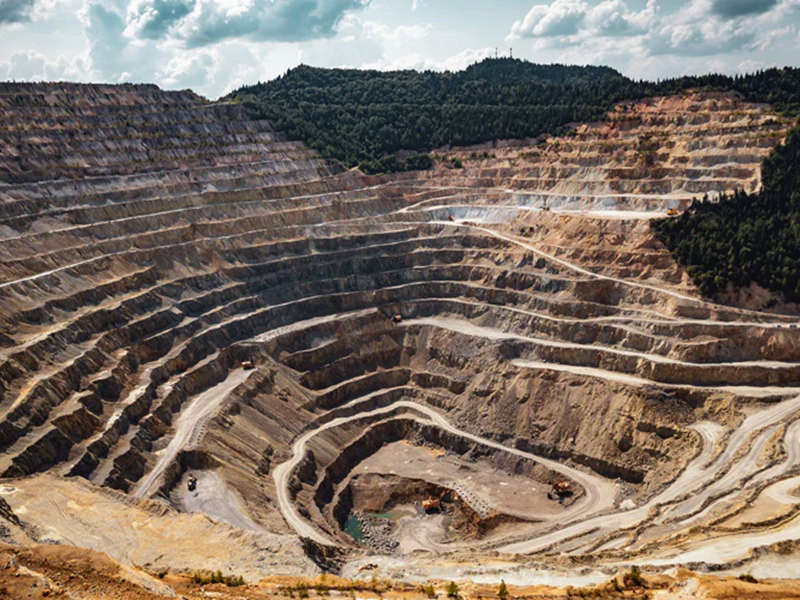
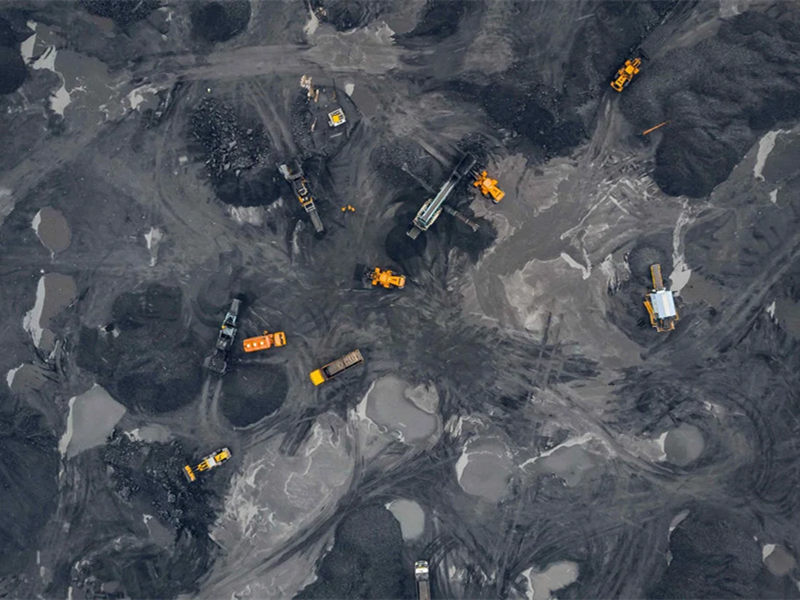
The Nomadic Crusher: Mobile Plants in Multi-Site Contracting
A contractor moves their mobile crushing plant between demolition sites every 4-6 weeks. Each site presents completely different materials from soft concrete to reinforced foundation chunks. Instead of spending days manually retuning the crusher for each new material type, the neural network system autonomously adapts within the first hour of operation. It “learns” the new material characteristics and optimizes the crushing pattern accordingly, significantly reducing setup time and improving performance consistency across diverse projects.



The Precision Challenge: High-Value Aggregate Production
A premium aggregate producer supplies specialized materials for aerospace facility runways where particle shape and size distribution are critical. Traditional controls struggle to maintain tight specifications as wear parts gradually change the crusher’s characteristics. The adaptive system on aggregate crusher continuously compensates for wear-related performance drift, maintaining product quality within 2% specification tolerance throughout the liner lifespan. This eliminates the typical quality decline that normally occurs between maintenance cycles.
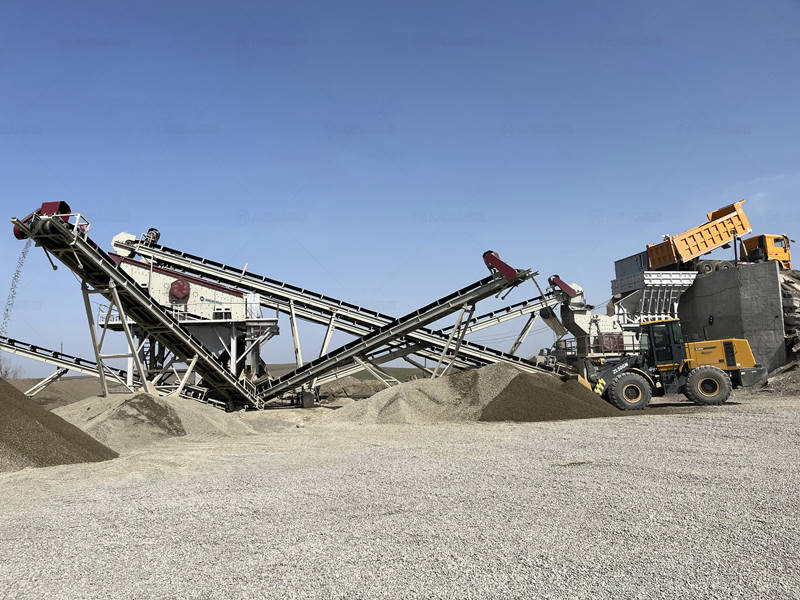
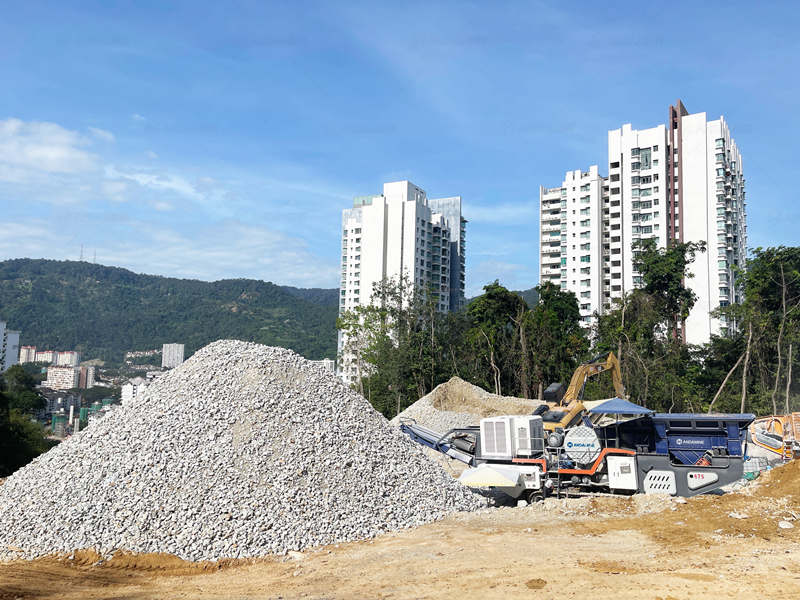
The Hybrid Feed Problem in Recycling Operations
A recycling plant processes mixed C&D waste where concrete, asphalt, and occasional metal contaminants create constantly changing load conditions. The neural network system on construction waste crusher plant detects these variations through power consumption patterns and automatically adjusts the crushing cycle. It recognizes metal contaminants through distinctive vibration signatures and momentarily reverses the crusher to eject problematic material before damage occurs, reducing maintenance costs by 40% compared to conventional systems.
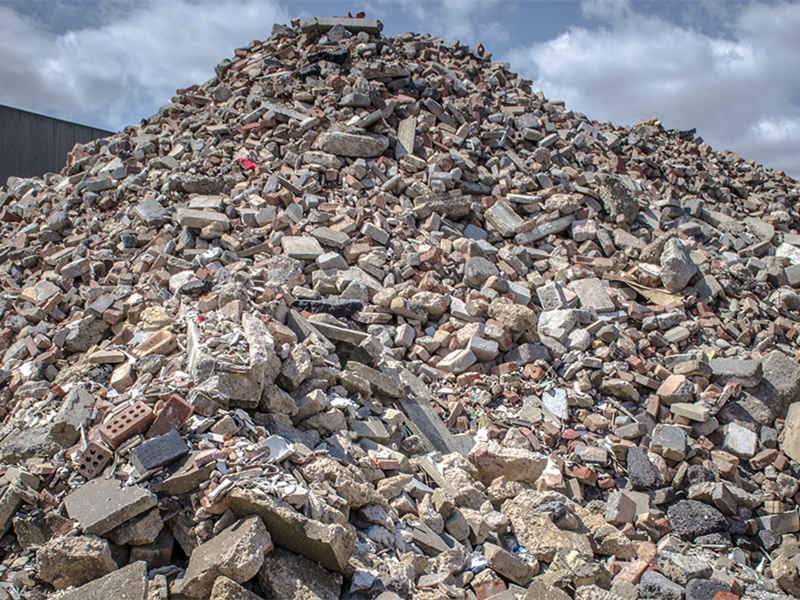
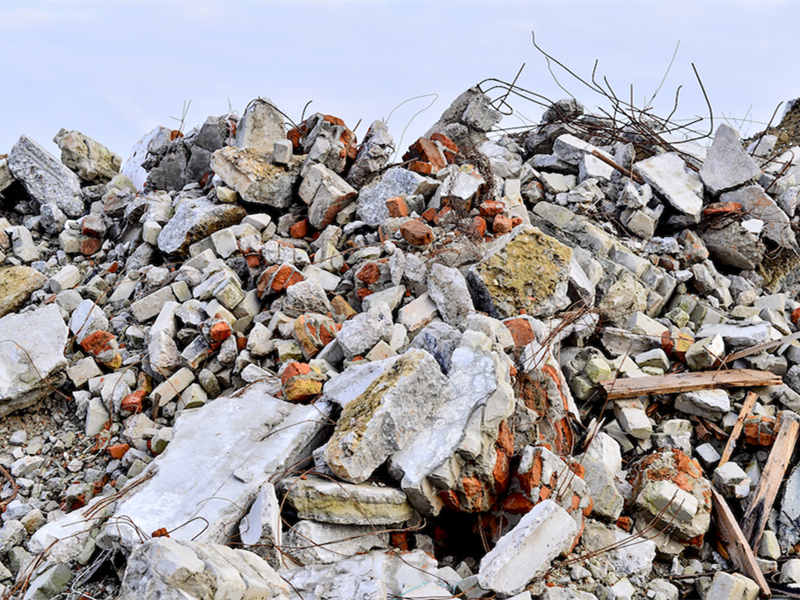
The Remote Operation Imperative in Arctic Mining
In a northern Canadian mine with limited onsite staff, the crusher operates primarily through remote monitoring. The adaptive control system maintains optimal performance autonomously, compensating for material changes that would normally require engineer intervention. It provides remote operators with predictive maintenance alerts and self-optimizes based on changing conditions, reducing the need for physical inspections in extreme weather conditions while maintaining 94% operational availability.
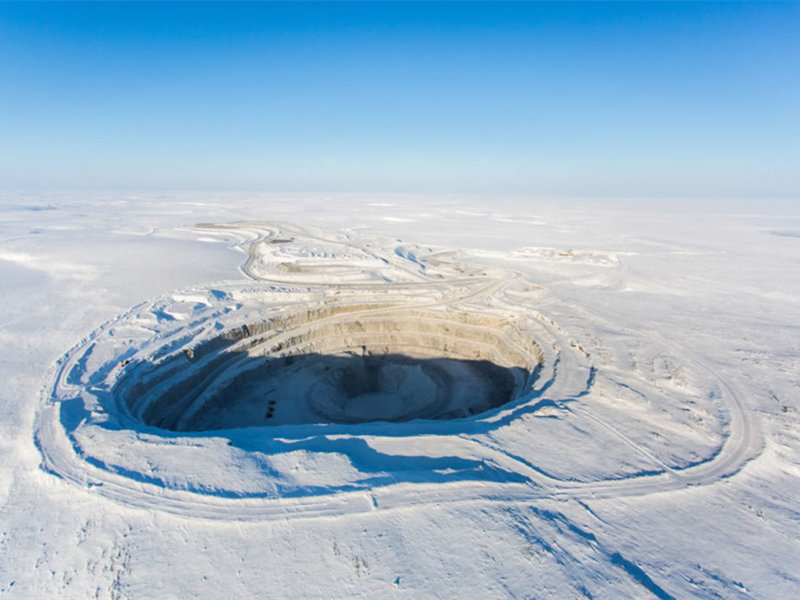

These scenarios demonstrate how Neural Network PID Adaptive Control moves beyond theoretical benefits to solve specific, costly operational challenges across different crushing environments. The technology’s ability to autonomously adapt to real-world variability makes it particularly valuable in applications where conditions are constantly changing and operational efficiency directly impacts profitability.
Recognizing the diverse applications of Neural Network PID Adaptive Control naturally leads to practical considerations for implementation. The following section provides a structured roadmap for integrating this technology into existing crushing systems, outlining essential steps for successful adoption and deployment.
Implementation Roadmap: Industry-Wide Adoption of Adaptive Control Technology
The integration of Neural Network PID Adaptive Control across the crushing industry represents a significant technological shift that requires careful planning and coordinated effort. This roadmap outlines the progressive stages through which this innovative technology will transform crushing operations industry-wide, moving from initial development to full ecosystem integration.
Phase 1: Foundation Building (Initial 2-3 Years)
The industry will focus on establishing the fundamental building blocks necessary for widespread adoption. This initial phase involves developing comprehensive technical standards through international standards organizations to ensure interoperability across different equipment platforms. Concurrently, equipment manufacturers and technology providers will collaborate on pilot programs that demonstrate the practical benefits and return on investment in real-world operating environments. Educational institutions will begin developing specialized training programs to build the technical expertise required for implementation and maintenance, while regulatory bodies work to establish appropriate safety and operational guidelines for these advanced systems.
Phase 2: Technology Integration (Subsequent 3-4 Years)
During this critical integration period, adaptive control technology will become increasingly available as original equipment manufacturers begin offering it as a standard feature on new crushing equipment. The industry will also see the development of standardized retrofit solutions that enable existing operations to upgrade their current machinery. Cloud-based platforms will emerge to support neural network training and performance benchmarking across multiple operations, while secure data sharing initiatives will allow anonymous collection of operational data to continuously improve system performance industry-wide.
Phase 3: Scalable Deployment (Following 3-5 Years)
The technology will achieve widespread accessibility through economies of scale that significantly reduce implementation costs. Manufacturers will develop simplified, cost-effective versions specifically designed for medium and small crushing operations, ensuring the benefits of adaptive control are available to operations of all sizes. Global supply chains will mature to provide reliable access to critical components and maintenance services worldwide, supported by the establishment of industry-wide performance metrics and certification standards that enable objective comparison of system performance.
Phase 4: Full Ecosystem Integration (Ongoing Development)
Key Enablers for Industry-Wide Implementation:
Technology Infrastructure
- Robust network coverage in remote mining areas
- Standardized industrial IoT protocols
- Advanced edge computing capabilities
- Comprehensive cybersecurity frameworks
Business Model Innovation
- Performance-based contracting approaches
- Technology-as-a-service offerings
- Shared infrastructure financing models
- Risk-sharing implementation partnerships
Regulatory Support
- Supportive policies for automation investments
- Incentive programs for technology adoption
- Streamlined certification processes
- International standards harmonization
Workforce Development
- Specialized vocational training programs
- Updated university engineering curricula
- Remote operation center staffing models
- Continuous learning platforms for professionals
This structured approach ensures that technological advancement, infrastructure development, and workforce readiness progress in harmony, creating a sustainable foundation for the industry’s digital transformation. The roadmap provides clear guidance for all industry stakeholders while maintaining flexibility to adapt to evolving technological and market conditions.
With a clear implementation roadmap established for adopting neural network adaptive control technology, it becomes equally important to understand how this innovation aligns with global industry practices and emerging trends. The evolving international landscape provides valuable insights into successful implementation strategies and future directions, helping crushing operations worldwide position themselves at the forefront of technological advancement. The following section examines how different regions are embracing this transformation and what emerging trends are shaping the future of crusher automation globally.
Global Practices and Emerging Trends
The global adoption of advanced control systems like Neural Network PID Adaptive Control is reshaping the crushing industry, driven by diverse regional needs and rapid technological advancements. Here’s an analysis of current practices and emerging trends based on real-world developments:
Regional Adoption Patterns



Industry-Wide Practices
Optimization Goals: The core objectives of crusher automation globally are to enhance crushing efficiency, reduce energy consumption per ton of ore, and ensure safe production. This is often achieved by optimizing parameters such as the crusher’s discharge port size and feed rate based on real-time data like feed quantity, pressure, power, and oil temperature.
Control Strategies: Common strategies include “crush cavity full feed” to ensure the crusher operates under optimal load conditions. Beyond traditional PID control, methods like fuzzy PID control, adaptive control, and Smith predictor are increasingly applied to tackle nonlinearity and large time delays in crushing processes.
System Integration: Modern crushing plants emphasize full-process automation integration. This involves connecting key equipment (jaw crushers, cone crushers, belt conveyors, dust collectors) and integrating detection instruments (radar level gauges, electronic belt scales, microwave flow switches) for centralized monitoring and control, enabling one-key start/stop and interlocked control.
Emerging Trends



Integration of AI and Machine Learning: There’s a clear shift towards data-driven and knowledge-driven approaches. For instance, new strategies for online extraction and updating of control knowledge in grinding and classification processes have been proposed. These methods can reduce the standard deviation of key operational indicators by over 9% and achieve dynamic balance between throughput and energy consumption through online optimization. Adaptive neural networks are also being applied to control systems, such as in solid waste sand-making crusher level control, to reduce reliance on precise system modeling and handle uncertainties effectively.
Cloud-Based Optimization Platforms: The emergence of platforms like Shanhe Xiangyun Intelligent Construction Cloud enables remote intelligent management and fleet interconnection, allowing for data analysis and optimization across equipment clusters.
Autonomous Crushing Systems: The development towards unmanned operation is advancing. Patents are being filed for technologies like “unmanned driving crushing vehicle crusher control methods,” which utilize deep learning for target recognition, positioning, and intelligent decision-making for path planning, significantly enhancing automation levels.
Advanced Process Control (APC): Technologies like Model Predictive Control (MPC) are being explored for complex processes such as high-pressure grinding roll circuits to stabilize feed, adjust processing capacity, and control product granularity.
Cross-Industry Technology Convergence: Technologies from other sectors are migrating into crushing automation. For example, brain emotion learning models have been experimented with for control algorithms, and methods like non-negative matrix factorization for extracting interpretable rules from process data are being explored.
Standardization and Interoperability
A key trend is the push towards open communication protocols (e.g., OPC) and standardized data interfaces. This facilitates the integration of equipment from different manufacturers into a unified control system and enables seamless data flow between different levels of the automation pyramid (e.g., between DCS and optimized control systems), which is crucial for scaling advanced solutions like neural network control across the industry.


The global crusher automation landscape is characterized by a blend of mature conventional control practices and rapidly evolving intelligent solutions. Regions adopt technologies based on local economic and operational priorities, but the overarching trend is toward greater autonomy, data-driven optimization, and interconnected systems. Neural Network PID Adaptive Control aligns perfectly with these global trends, offering a pathway to higher efficiency and autonomy in mineral processing operations worldwide.
Having examined the global practices and emerging trends shaping crusher automation, it becomes evident that the true potential of Neural Network PID Adaptive Control is realized through its convergence with other advanced technologies. The integration of multiple technological innovations creates synergistic effects that transcend the capabilities of any single system. This leads us to explore how neural network adaptive control interfaces with and enhances other cutting-edge technologies in modern crushing operations.
Convergence Points: Where Neural Network PID Meets Other Advanced Technologies
The real power of Neural Network PID Adaptive Control emerges when integrated with other technological advancements, creating systems that are greater than the sum of their parts. Here are the key convergence points that are transforming crushing operations:

Integration with Predictive Maintenance Systems
Neural Network PID controllers naturally complement predictive maintenance technologies by providing richer operational data and more responsive control adjustments. The continuous monitoring of crusher performance parameters enables early detection of potential failures, while the adaptive control capability allows for automatic adjustments to compensate for developing issues. For instance, when vibration sensors detect abnormal patterns indicating bearing wear, the neural network can modify operational parameters to reduce stress on the compromised components while maintaining production targets. This convergence significantly extends equipment lifespan and reduces unplanned downtime.

Enhancement Through Digital Twin Technology
The combination of Neural Network PID control with digital twin implementations creates powerful simulation and optimization capabilities. Digital twins provide virtual replicas of crushing systems that can be used to test control strategies without risking actual equipment. The neural network controller continuously learns from both the physical equipment and its digital counterpart, enabling more sophisticated control approaches. Research indicates that operations using this combined approach achieve 15-20% better performance optimization compared to systems using either technology independently.

Synergy with IoT and Edge Computing Platforms
Neural Network PID systems thrive in IoT-enabled environments where they can access real-time data from multiple sources. Edge computing platforms provide the necessary processing power for complex neural network calculations at the operational site, reducing latency and enabling faster response times. This convergence allows crushers to respond intelligently to changes in upstream and downstream processes, creating truly integrated crushing circuits that optimize overall system performance rather than individual component operation.

Combination with Advanced Sensor Technologies
The effectiveness of neural network control is dramatically enhanced when paired with modern sensor technologies. Laser scanning systems that measure feed size distribution, hyperspectral imaging that identifies material composition, and advanced acoustic sensors that detect cavity conditions provide the rich data environment needed for sophisticated control decisions. These sensors feed detailed information about material characteristics and crusher conditions that enable the neural network to make more informed and precise adjustments to operational parameters.

Integration with Cloud Computing and Big Data Analytics
Cloud platforms enable neural network controllers to leverage vast datasets beyond their immediate operational experience. By accessing performance data from similar crushers operating in comparable conditions around the world, the system can implement proven strategies and avoid known pitfalls. This collective intelligence approach allows for continuous improvement and adaptation based on global best practices rather than limited local experience.

Convergence with Autonomous Operation Systems
Neural Network PID control forms the core intelligence layer within fully autonomous crushing systems. When integrated with autonomous haulage systems, automated sampling systems, and self-optimizing processing circuits, it enables complete crushing operations that can run for extended periods with minimal human intervention. This comprehensive automation approach is particularly valuable in remote locations or operations facing workforce challenges.
The convergence of Neural Network PID Adaptive Control with these complementary technologies creates a technological ecosystem that delivers performance improvements far beyond what any single technology can achieve independently. This integrated approach represents the future of crushing operation optimization, where smart systems work in harmony to maximize efficiency, reliability, and sustainability.
The final section will examine the opportunities and challenges facing widespread adoption of these converged technologies.
Future Outlook: Opportunities and Challenges in Adoption
The integration of Neural Network PID Adaptive Control in crushing operations presents both significant opportunities and notable challenges that will shape its industry adoption.
Emerging Opportunities
Advanced neural network systems offer 20-30% improvements in energy efficiency through real-time optimization of crusher operations. Early adopters report 15-25% increases in throughput capacity while maintaining product quality, particularly in operations dealing with variable feed materials. The technology enables predictive maintenance capabilities that can reduce unplanned downtime by up to 40% through early detection of potential failures. These systems also help address workforce shortages in remote locations by reducing dependency on highly skilled operators.
Adoption Challenges
Technical implementation barriers include the lack of sensor infrastructure in existing facilities and compatibility issues with older equipment. Financial considerations involve substantial initial investment requirements and economic uncertainties that may delay modernization projects. Organizational challenges include workforce skill gaps and resistance to changing traditional operational practices. Additionally, limited connectivity infrastructure at remote sites and lack of industry-wide standards create further implementation hurdles.
Recommendations for You
Equipment operators should begin with comprehensive operational assessments and well-defined pilot projects. Technology providers need to develop clear business cases demonstrating specific operational improvements and financial returns. Industry organizations should facilitate knowledge sharing and develop standardized performance metrics while advocating for supportive regulatory frameworks.
The technology demonstrates strong potential for performance improvement and operational transformation, with adoptable challenges through strategic planning and collaborative development. As the technology matures and demonstrates value across diverse operating environments, it is positioned to become increasingly mainstream in crushing operations worldwide.

